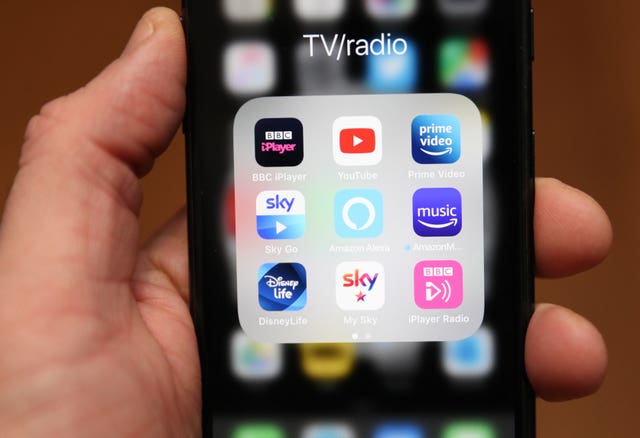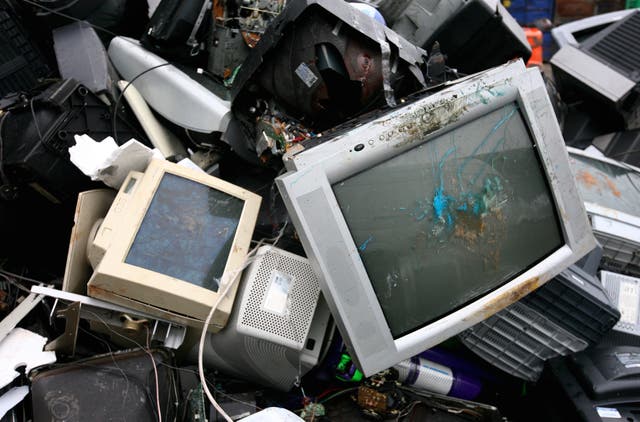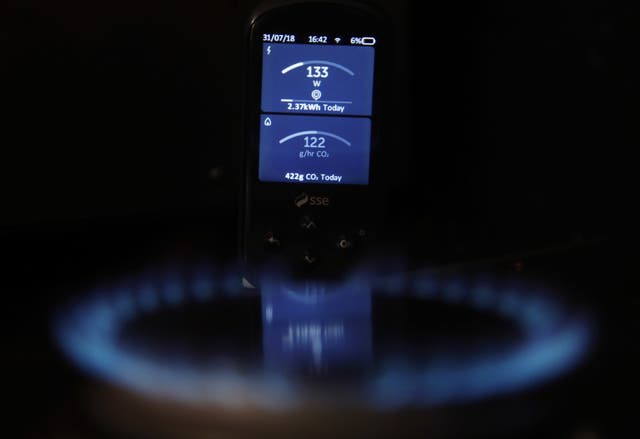From dropping HD streams to keeping phones longer: How to cut emissions at home
It is estimated that digital technology contributes between 1.4% and 5.9% to global emissions.

Scientists at the Royal Society have set out a number of small changes we can make as individuals to cut down on carbon emissions.
They estimate digital technology contributes between 1.4% and 5.9% to global emissions.
So what could each of us do to make a difference? The PA news agency looks at some of the efficiencies highlighted in their report:
1. Stream responsibly

Streaming a video in 4K for an hour on a smartphone generates around eight times more emissions than an SD version, the Royal Society’s report said.
2. Don’t upgrade devices too early
It is easy to upgrade a smartphone every two years given this is generally how long most people’s contracts last.
But a handset kept for two years represents about half of all the “embodied emissions” it will generate through its lifetime.
Avoiding the temptation to upgrade everything from laptops to tablets and smart TVs too soon can help cut emissions.
3. Buy second hand
Instead of buying a new device, you could buy a refurbished second-hand product.
Help in this effort by passing on your old kit to someone else if it still works.
4. When you need to upgrade, make sure you recycle

The Royal Society said doing this amounts to a form of landfill. Instead search online to find somewhere that will recycle it.
5. Move computing to the cloud
Moving data storage to the cloud presents an opportunity to make energy efficiencies.
Centralised servers can be optimised so they do not consume energy while idle.
6. Get a smart meter
The added insight of electricity and gas consumption from a smart meter not only benefits your wallet but also the environment.

7. Video conferencing and working from home
Many people who have been working from home during the pandemic have had to use video communication services such as Zoom and Microsoft Teams.
With fewer office workers using transport networks, there has been a drop in travel-linked carbon emissions.
Continuing this beyond the pandemic would continue to keep emissions down.
8. Public transport planning apps
Using apps such as Citymapper and Google Maps when you need to travel can have a positive impact.
These types of app allow us to access information about traffic and congestion in real-time, so users can choose less busy routes and improve emissions caused by congestion.





